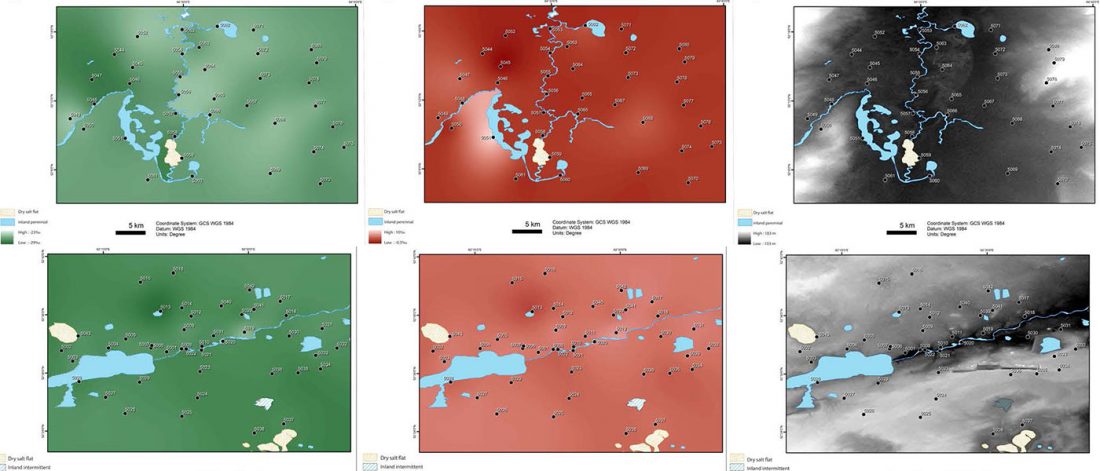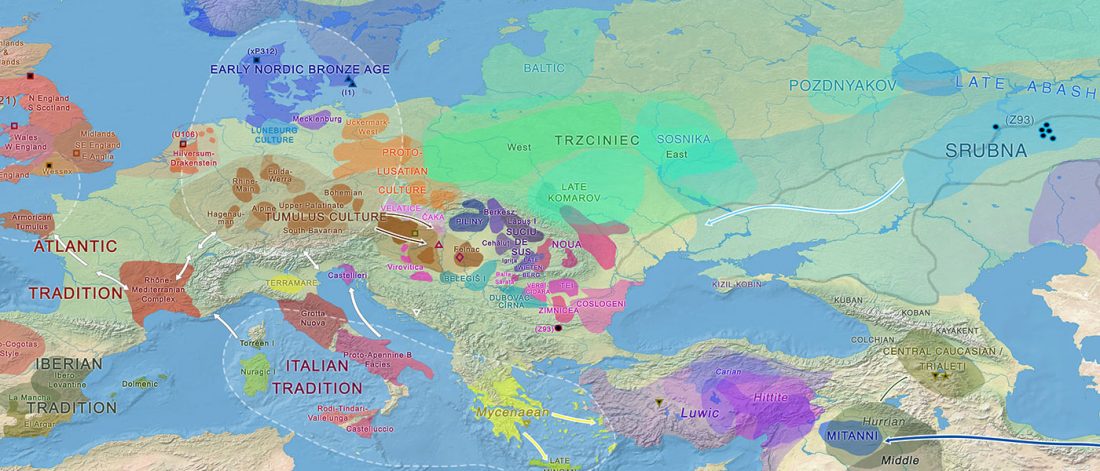Open access Pasture usage by ancient pastoralists in the northern Kazakh steppe informed by carbon and nitrogen isoscapes of contemporary floral biomes, by Miller et al. Archaeol Anthropol Sci (2018).
Interesting excerpts (emphasis mine):
Bronze age settlement, society, and subsistence in the northern Kazakh steppe
… Read the rest “Pasture usage by ancient pastoralists in Middle and Late Bronze Age Kazakhstan”The Middle to Late Bronze Age (2200 to 1400 cal BCE) in the northern Kazakh steppe encompassed a major shift in settlement patterns from semi-sedentary pastoralism to more dispersed, mobile lifeways engaged in pastoral nomadism (Tkacheva 1999; Grigory’ev 2002; Koryakova and Epimakhov 2007; Kuz’mina 2007; Tkacheva and Tkachev 2008). Middle Bronze Age (2200 to

